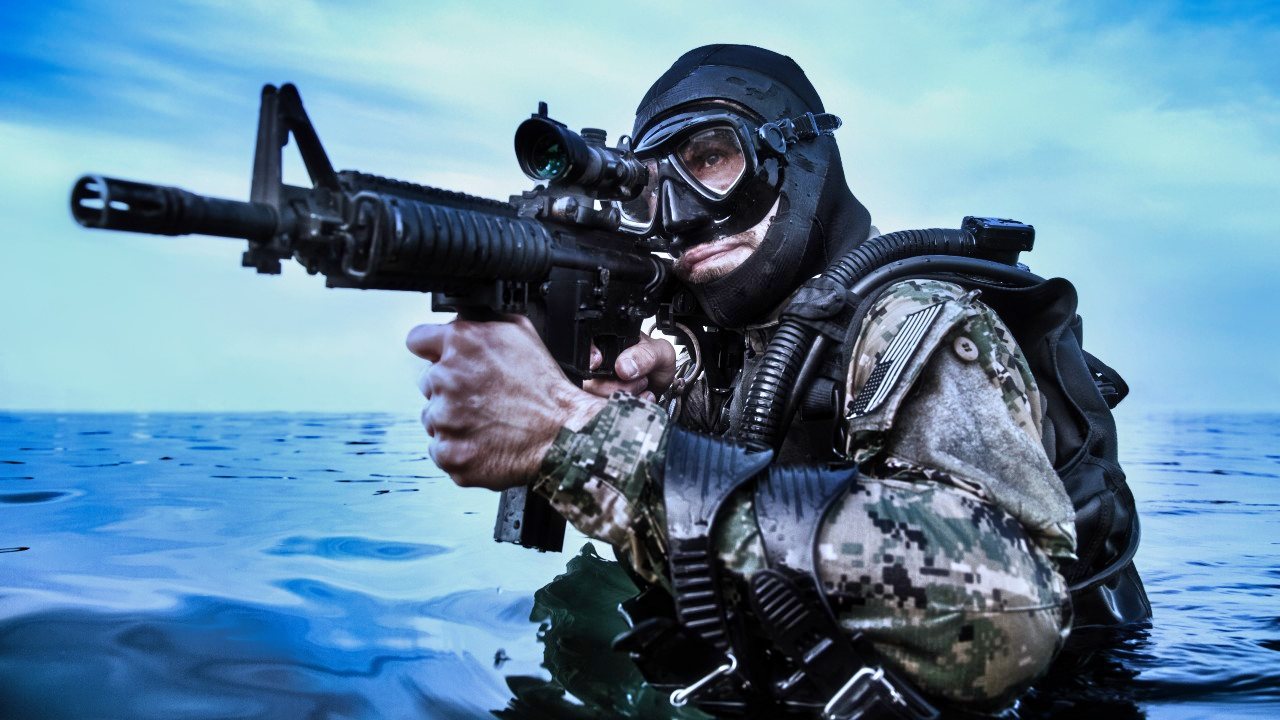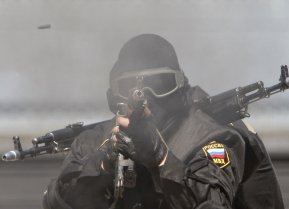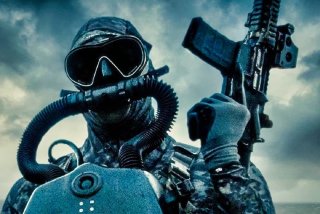Seal Team 6: The Special Forces Unit No Nation Wants to Fight
SEAL Team 6, officially known as the Naval Special Warfare Development Group (DEVGRU), gained global fame on May 2, 2011, when its Red Squadron raided Osama bin Laden's compound, killing the mastermind behind the 9/11 attacks.
Summary and What You Need to Know: SEAL Team 6, officially known as the Naval Special Warfare Development Group (DEVGRU), gained global fame on May 2, 2011, when its Red Squadron raided Osama bin Laden's compound, killing the mastermind behind the 9/11 attacks.

-This elite unit, specializing in counterterrorism and hostage rescue, particularly in maritime operations, is part of the Joint Special Operations Command.
-Comprised of four assault squadrons and two support squadrons, SEAL Team 6 recruits from within the Navy SEALs. Despite scandals in the 2010s, the unit remains a vital, highly trained force in U.S. special operations, operating primarily in the shadows.
SEAL Team 6: The Elite Force Behind the Osama bin Laden Raid
On May 2, 2011, SEAL Team 6 became a household name.
On that night, the team’s Red Squadron raided the compound of al Qaeda leader Osama bin Laden. They killed the mastermind behind the September 11 terrorist attacks.
Ten years after the deadly attacks that threw America and the world into a global war on terror, bin Laden was dead. Those who killed him became heroes overnight.
SEAL Team 6
SEAL Team 6, or the Naval Special Warfare Development Group (DEVGRU), is the cream of the crop of the Navy SEAL teams.
As a special missions unit assigned to the Joint Special Operations Command, SEAL Team 6 specializes in counterterrorism and hostage rescue, with a particular focus on maritime missions.
As such, SEALs assigned to the unit need to be experts in close quarters combat, or CQB. Green Team, the selection and assessment process SEALs and direct support personnel undergo to get on SEAL Team 6, places special emphasis on CQB.
SEAL Team 6 includes four assault squadrons (Blue, Red, Gold, Silver), one intelligence gathering squadron (Black), and one mobility/support squadron (Gray).
Although there are several direct support positions within the unit, to serve as an assaulter one has to graduate Basic Underwater Demolition/SEAL (BUD/S) training and pass Green Team. As such, the pool of applicants available for SEAL Team 6 to recruit from is limited to the SEAL Teams, with some exceptions. This approach is contrary to the preference of its sister counterterrorism special missions unit, the Army’s Delta Force, to recruit from across the U.S. military.

SEAL Team 6 was created in the early 1980s by the colorful Richard “Dick” Marcinko. The need for counterterrorism and hostage rescue units had become evident after terrorists kept hijacking airliners and cruise ships. However, the expectation was that the new unit would also fight in near-peer conflicts if necessary. The Navy at the time had only two SEAL teams (SEAL Team 1 and SEAL Team 2) but gave the designation “6” to the new team to confuse the Soviets about the exact number of operational SEAL teams.
During the wars in Afghanistan and Iraq, SEAL Team 6 took a central role in the counterterrorism and counterinsurgency strategy of the U.S. military. Afghanistan, in particular, became the unit’s hunting grounds.
Their operations weren’t without scandal. In the 2010s, the unit – and indeed the wider Naval Special Warfare community – was plagued by a series of scandals relating to alleged war crimes, substance abuse, and media exposure.
However, the Navy and Naval Special Warfare Command have largely reined in the situation, and the SEAL Teams have gone back to be shadows where they belong and excel.

About the Author:
Stavros Atlamazoglou is a seasoned defense journalist specializing in special operations and a Hellenic Army veteran (national service with the 575th Marine Battalion and Army HQ). He holds a BA from the Johns Hopkins University and an MA from the Johns Hopkins’ School of Advanced International Studies (SAIS). His work has been featured in Business Insider, Sandboxx, and SOFREP.
Image Credit: Creative Commons.


